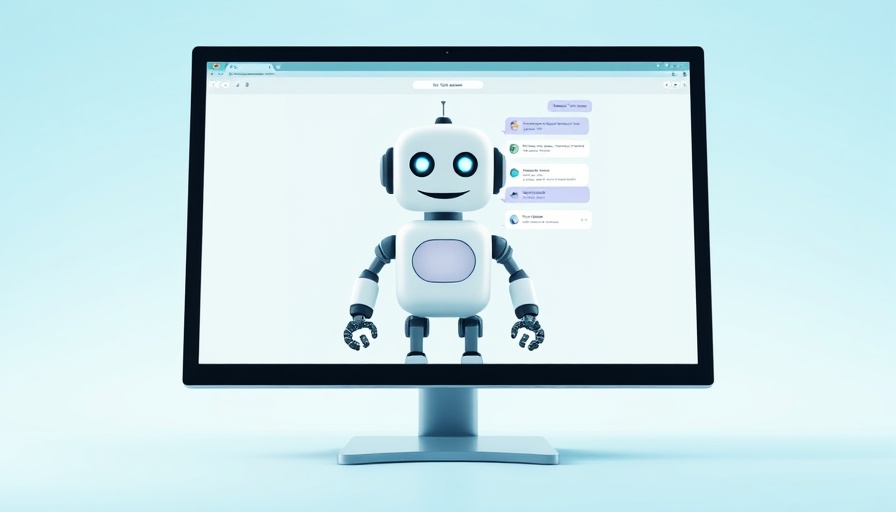
The Evolution of Chatbots: A Glimpse into NLWeb
Microsoft is taking a giant leap in enhancing online engagement with its innovative project, NLWeb. Announced at the Build 2025 conference, NLWeb aims to simplify the process of integrating AI-powered chatbots into websites. With just a few lines of code, businesses can set up a conversational interface, allowing visitors to interact with their site in an entirely new way. This project marks a potential transformation in how online retailers, service providers, and information websites connect with their users.
Bridging Communication Gaps
Imagine visiting a clothing website and, rather than thumbing through static images, you interact with a chatbot that suggests outfits based on your preferences or upcoming events. This is the vision behind NLWeb. Retailers can create custom bots that analyze user input, providing personalized experiences that enhance customer satisfaction. Cooking websites, for instance, could offer bots that suggest meal pairings with recipes, refining the way users experience digital content.
The Technical Backbone: How NLWeb Works
NLWeb not only enables businesses to create interactive chatbots but also promotes accessibility by integrating with AI platforms that support the Model Compatibility Protocol (MCP). This allows the chatbots to tap into the latest AI models and frameworks, ensuring that they deliver high-quality interactions. Microsoft's ambition is to position NLWeb as a fundamental technology on the web, similar to how HTML shaped the early internet.
Microsoft and OpenAI: A Strategic Partnership
Observers are eager to see how NLWeb evolves, especially considering its ties to OpenAI, the organization known for ChatGPT. Previous reports indicated that OpenAI was collaborating with various partners, including major brands, to craft an initial version of NLWeb, although the project faced technical delays. Now, with NLWeb officially launched, the industry is poised for an array of applications that leverage conversational AI.
Why NLWeb Matters for Businesses and Consumers
The push towards more conversational interfaces can't be understated. In an age where customer connection is pivotal, NLWeb provides businesses with the tools to not only engage users but also collect data to further enhance their services. By utilizing chatbots, companies can facilitate a smoother shopping experience, receive real-time feedback, and ultimately drive sales. For consumers, this means a richer, more tailored experience when visiting websites.
The Future: Beyond Basic Interactions
As advancements in AI continue to accelerate, NLWeb has the potential to lead to further innovations in user interface design. Companies might explore integrating voice recognition or even visual recognition capabilities into their chatbots, significantly expanding the nature of user interactions. This move highlights the future trajectory of technology: enhancing multi-modal communication where text, voice, and visual inputs converge seamlessly.
What This Means for the Tech Industry
The launch of NLWeb is indicative of a larger trend within the tech industry towards integrating AI into daily interactions with online content. As businesses adopt this technology, we may see significant shifts in how websites are designed and function. This evolution could lead to greater accessibility and inclusivity, allowing all users, including those with disabilities, to interact with web content more freely.
Call to Action: Are You Ready to Embrace the Future?
For businesses and consumers alike, staying updated with the advancements in AI technology is essential. As NLWeb unfolds, consider how you might leverage this technology. Whether it’s through improving customer service on a website or enhancing user engagement, the possibilities are endless. Explore what tools and resources are available to adapt your digital presence and enhance the user experience today.
 Add Row
Add Row  Add
Add 



Write A Comment